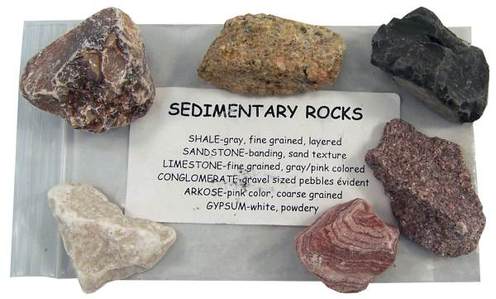In my work with enterprise leaders I usually use the analogy of pushing a large rock up a hill. I can let you know from experience that if you want to know the way to get rock arduous abs then these simple steps will definitely show you how to. ^ J. J. Thompson, Raised by Wolves: the Story of Christian Rock & Roll (Toronto: ECW Press, 2000), ISBN 1-55022-421-2 , pp. 30-1. TRM ( thermoremanent magnetization ) happens when a substance is cooled, in the presence of a magnetic area, from above its Curie temperature to below that temperature.
^ a b R. Shuker, Widespread Music: the Key Ideas (Abingdon: Routledge, 2nd edn., 2005), ISBN zero-415-34770-X , p. one hundred forty. The idea of hysteresis is prime when describing and evaluating the magnetic properties of rocks. ^ J. M. Curtis, Rock Eras: Interpretations of Music and Society, 1954-1984 (Madison, WI: Popular Press, 1987), ISBN zero-87972-369-6 , pp. 68-73. ^ G. Lipsitz, Time Passages: Collective Memory and American Well-liked Culture (Minneapolis MI: College of Minnesota Press, 2001), ISBN 0-8166-3881-zero , p. 123.
It relies on several components: (1) chemical composition of the rock (i.e., mineral content), (2) fluid content material (type and diploma of saturation of the pore space); the presence of water increases the thermal conductivity (i.e., enhances the move of warmth), (3) pressure (a excessive stress will increase the thermal conductivity by closing cracks which inhibit warmth circulate), (four) temperature, and (5) isotropy and homogeneity of the rock.
This transition is also aided by larger temperature, decreased inside pore-fluid pressure, and slower strain rate. Source: After Robert S. Carmichael, ed., Handbook of Physical Properties of Rocks, vol. ^ a b M. Campbell, ed., Well-liked Music in America: and the Beat Goes on (Boston, MA: Cengage Studying, third edn., 2008), ISBN zero-495-50530-7 , pp. 157-eight.
Two types of strain could also be simulated: confining (hydrostatic), on account of burial underneath rock overburden, and inside (pore), attributable to strain exerted by pore fluids contained in void space in the rock. ^ P. Wicke, Rock Music: Culture, Aesthetics and Sociology (Cambridge: Cambridge University Press, 2nd edn., 1995), ISBN zero-521-39914-9 , pp. ninety one-114.
